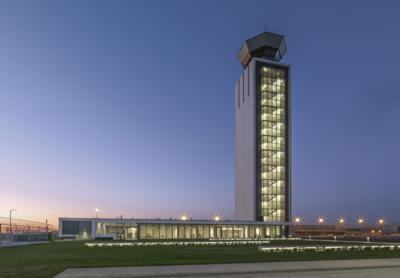Thu, Jul 31, 2025
Advertisement
More News
 NTSB Final Report: Cory Green Kitfox Series 7 STI
NTSB Final Report: Cory Green Kitfox Series 7 STI
Pilot’s Failure To Maintain Directional Control During Takeoff Analysis: The flight instructor reported that he and the pilot receiving instruction were practicing takeoffs a>[...]
 ANN FAQ: Submit a News Story!
ANN FAQ: Submit a News Story!
Have A Story That NEEDS To Be Featured On Aero-News? Here’s How To Submit A Story To Our Team Some of the greatest new stories ANN has ever covered have been submitted by our>[...]
 ANN's Daily Aero-Linx (07.30.25)
ANN's Daily Aero-Linx (07.30.25)
Aero Linx: Guild of Air Traffic Control Officers (GATCO) GATCO is the professional body which represents the professional interests and opinions of those in the UK Air Traffic Mana>[...]
 ANN's Daily Aero-Term (07.30.25): Primary Radar
ANN's Daily Aero-Term (07.30.25): Primary Radar
Primary Radar A radar system in which a minute portion of a radio pulse transmitted from a site is reflected by an object and then received back at that site for processing and dis>[...]
 Aero-News: Quote of the Day (07.31.25)
Aero-News: Quote of the Day (07.31.25)
“There is never a shortage of ideas from EAA members, AirVenture attendees, our partners, and from inside our own volunteer corps and staff. We’ll take a little time to>[...]
blog comments powered by Disqus




